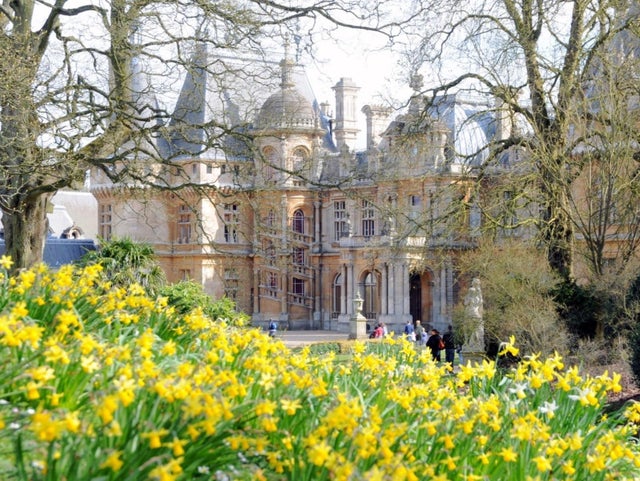Origin of the name
The settlement was called by the name Henamsted or Hean-Hempsted in Anglo-Saxon times and in William the Conqueror’s time by the name of Hemel-Amstede. The name is mentioned within the Domesday Book as “Hamelamestede”, but in later centuries it became Hamelhamsted, and, possibly, Hemlamstede. In Old English, “-stead” or “-state” simply meant an area, like the location of a building or pasture, as in clearing within the woods, and this suffix is employed within the names of other English places like Hamstead and Berkhamsted.
It is theoretically possible for a previous name to possess become corrupted to something very almost like Hempsted, & that “Hemel” originated as how of specifying Hemel Hempstead as against nearby Berkhamsted. Hemel is analogous to the German “Himmel”, which suggests ‘heaven’ or ‘sky’, so it might be that Hemel Hempstead was during a less forested area hospitable the sky, while Berkhamsted (which could mean ‘birch’) was during a forest of birch trees.
Another opinion is that Hemel probably came from “Haemele” which was the name of the district within the 8th century and is presumably either the name of the landowner or could mean “broken country”.
The town is now known to residents as “Hemel” and is usually colloquialized to “’emel”, however before the Second war locals called it “Hempstead”. Emigrants from Hemel Hempstead migrated to the world which is now Hempstead, New York, including the encompassing areas like Roosevelt, within the late 17th century.
Office and corporate buffet caterers Hemel Hempstead
New town
After the Second War, in 1946, the govt designated Hemel Hempstead because of the site of 1 of its proposed new towns designed to deal with the population displaced by the London Blitz, since slums and bomb sites were being cleared in London. On 4 February 1947, the govt purchased 5,910 acres (23.9 km2) of land and commenced work on the “New Town”. the primary new residents moved in during April 1949, and therefore the town continued its planned expansion through to the top of the 1980s. Hemel grew to its present population of 80,000, with new developments enveloping the first town on all sides. the first a part of Hemel remains referred to as the “Old Town”.
Jarman Park, the central location for leisure within the town, was previously agricultural land, which later becomes fields named after former town councilor and mayor, Henry Jarman, who oversaw the event of the urban area. The developments were built ashore originally donated to the town for recreational purposes., but still remains derelict. Replacement open space was created to the east of the town, near Leverstock Green, Longdean Park, and Nash Mills.
A railroad station previously existed within the town center, referred to as the Midland railroad station, on the previous Nickey Line to Harpenden. This station closed to passenger services in 1947 (along with the line) and it had been demolished in 1969.
The Hemel Hempstead bus terminal is situated in Waterhouse Street. In 2013 Dacorum Council announced that the bus terminal is going to be demolished and replaced with a replacement bus interchange next to the Marlowes plaza on Bridge Street. The project is thanks to being completed by September 2014.
In the 1990s the A41 toll road was built to the south and west of the town across the upland chalk plateau. Hemel Hempstead may be additionally linked to the M1 motorway to the east and therefore the M25 is a few miles to the south.
The A414 road begins in Hemel Hempstead and forms a large toll road route east-west through the county of Hertfordshire to Maldon in Essex.
The A41, the West Coast railway line, and therefore the canal all follow the course of the River Bulbourne river valley.




